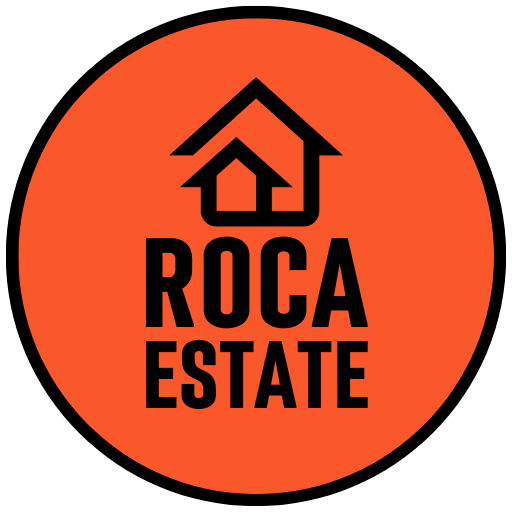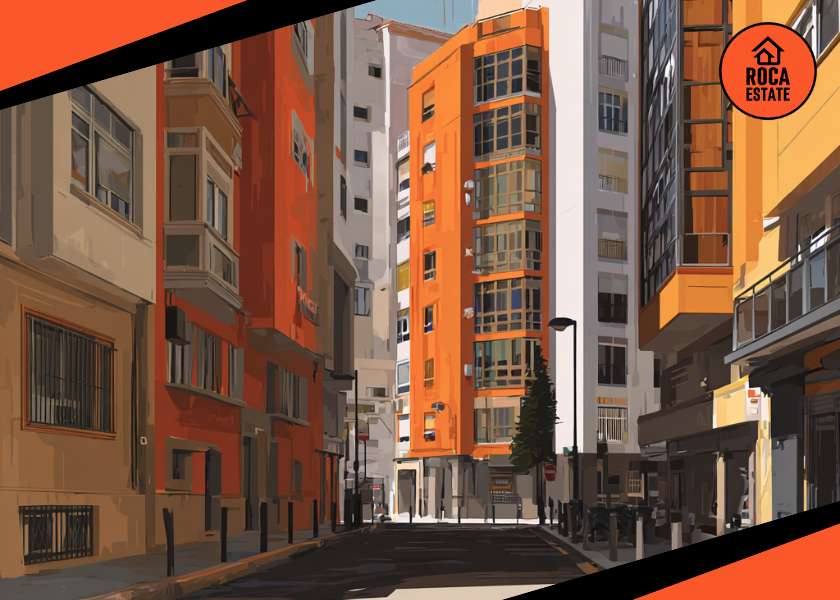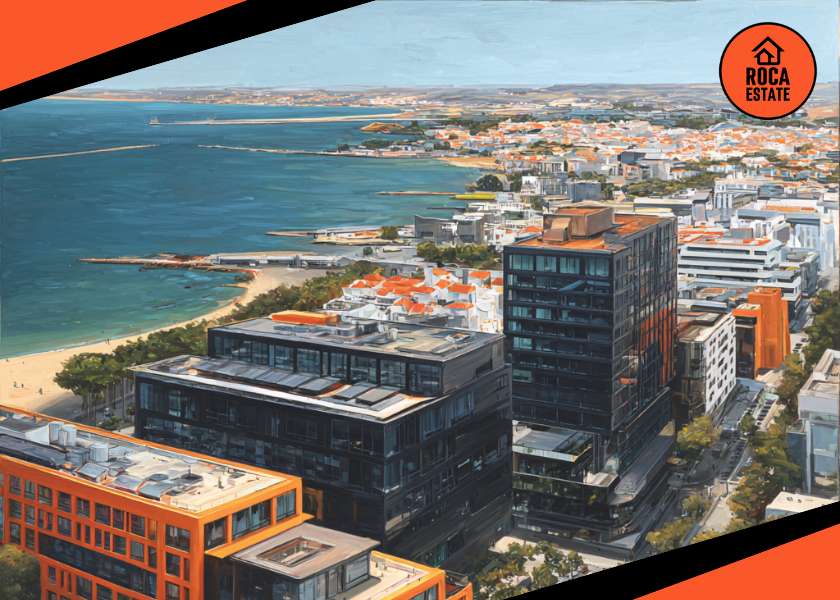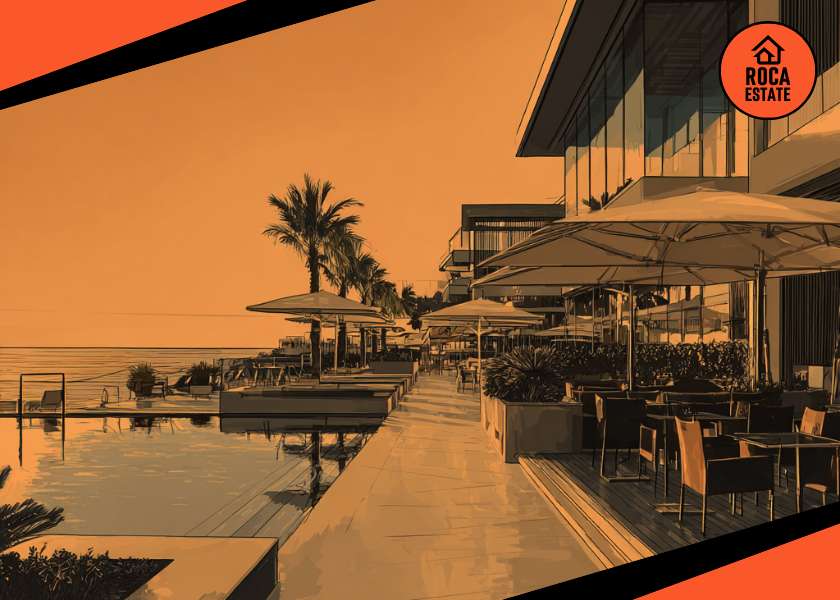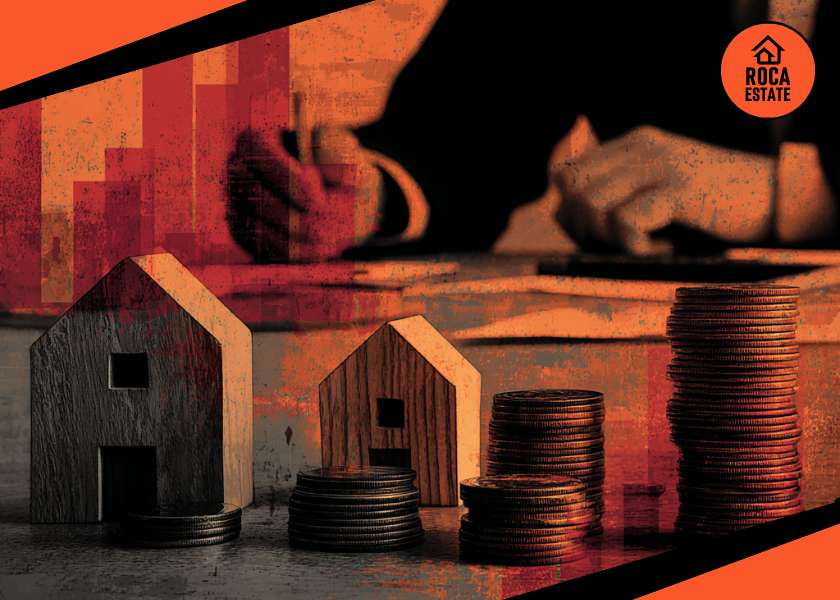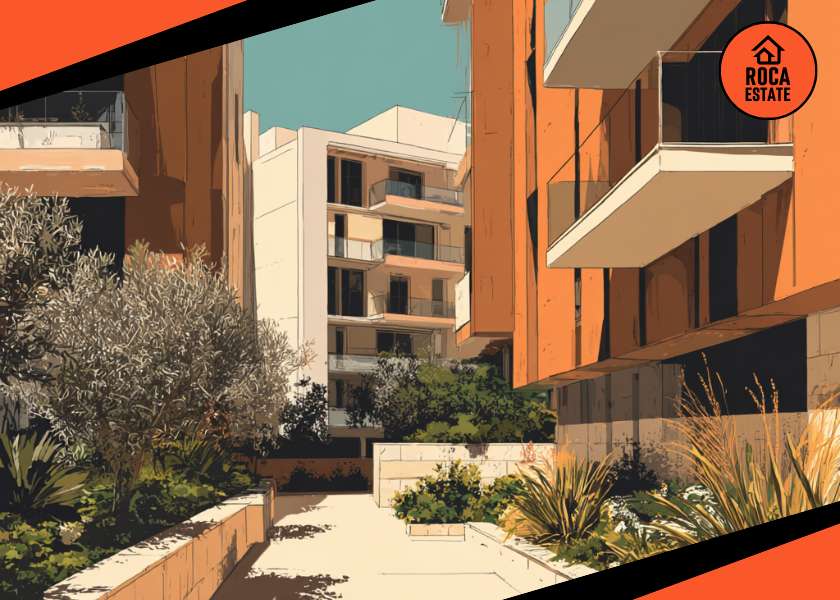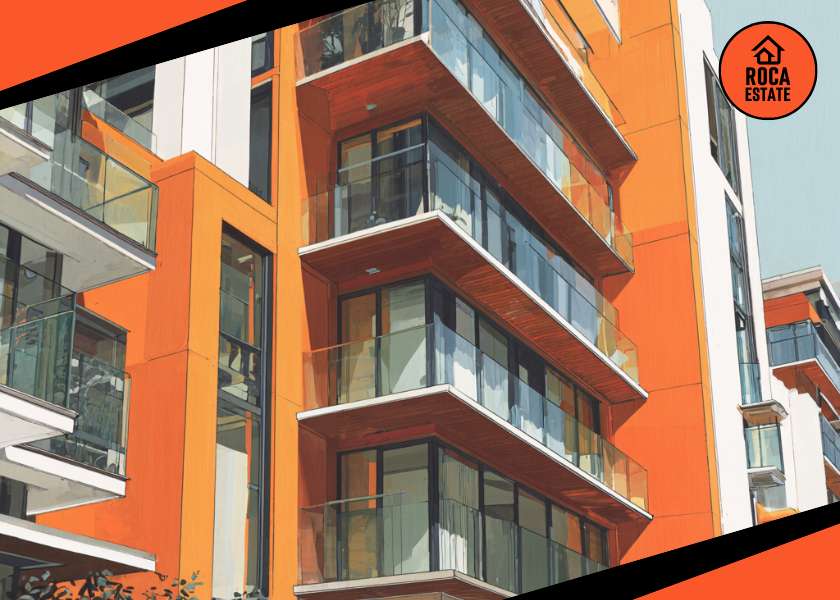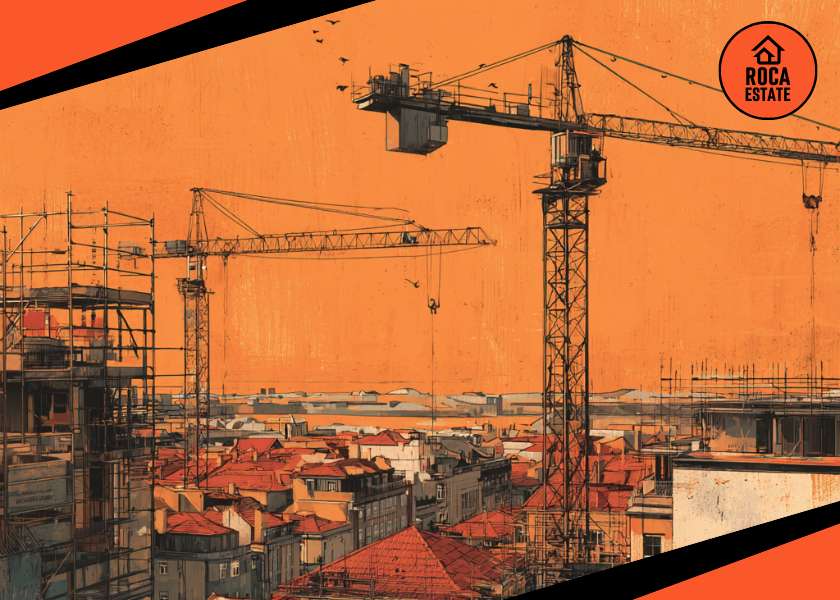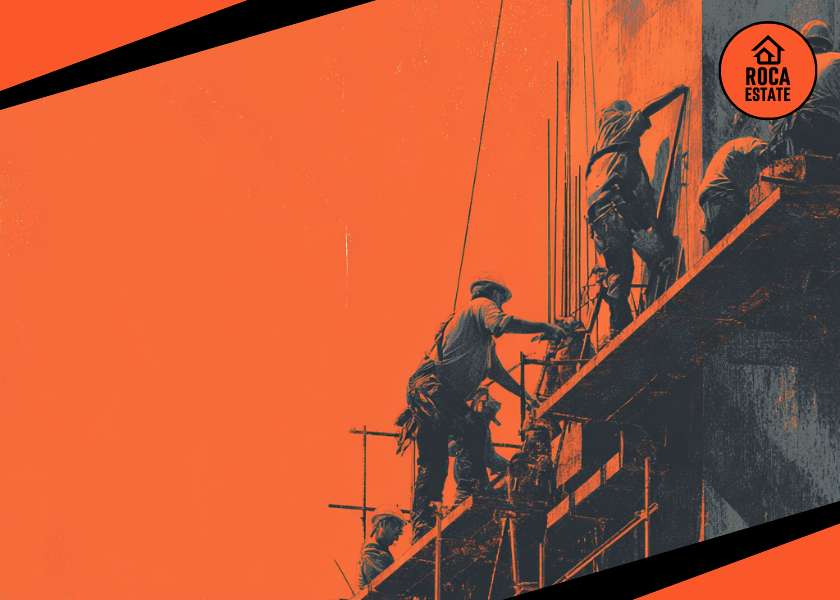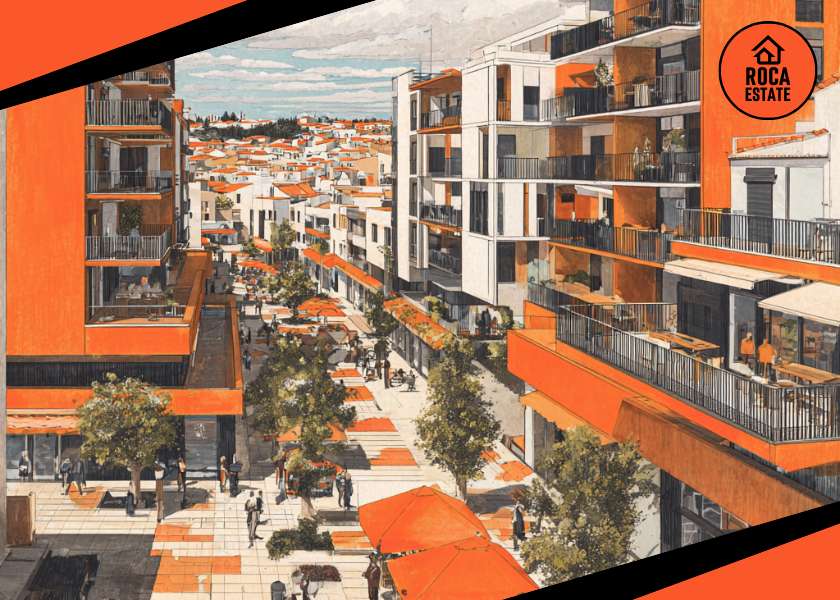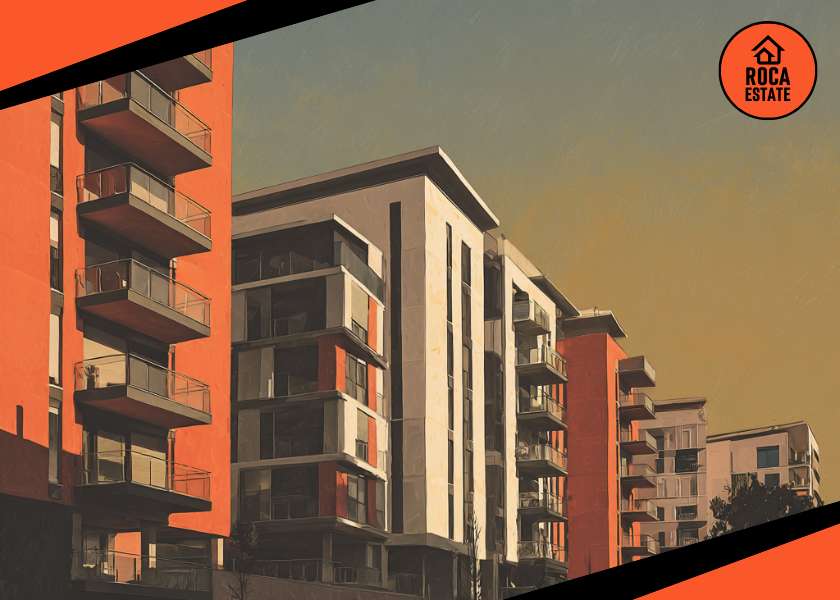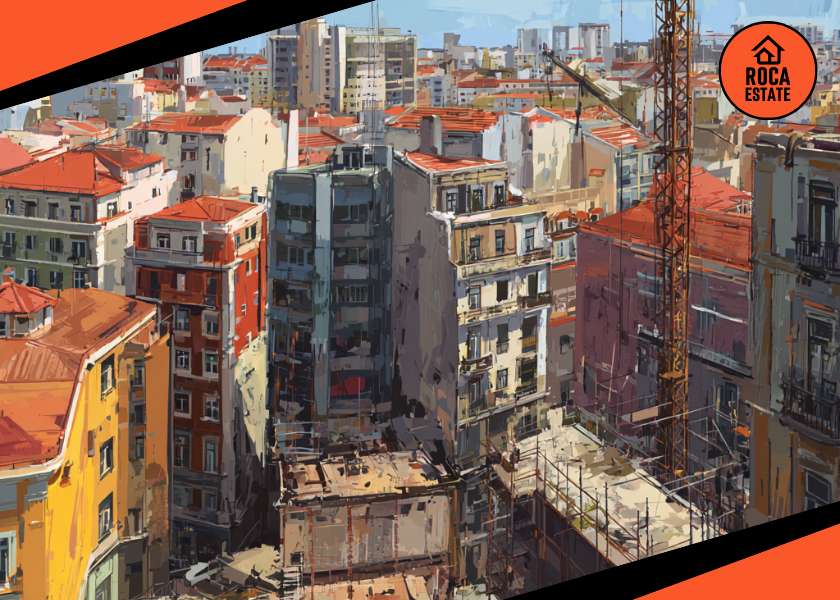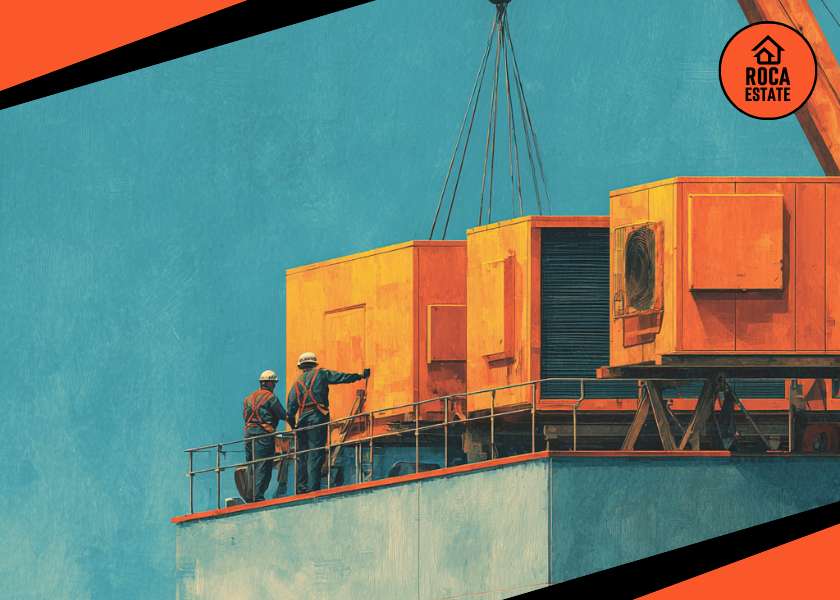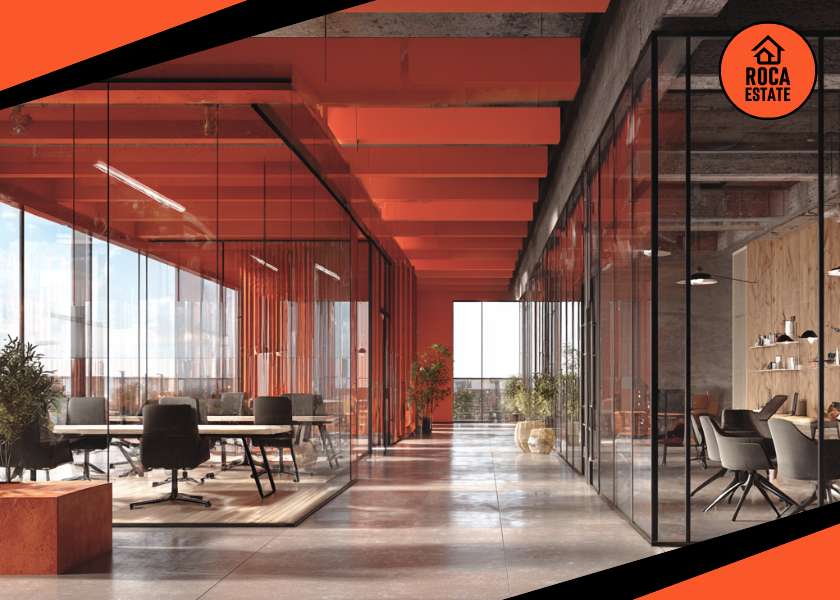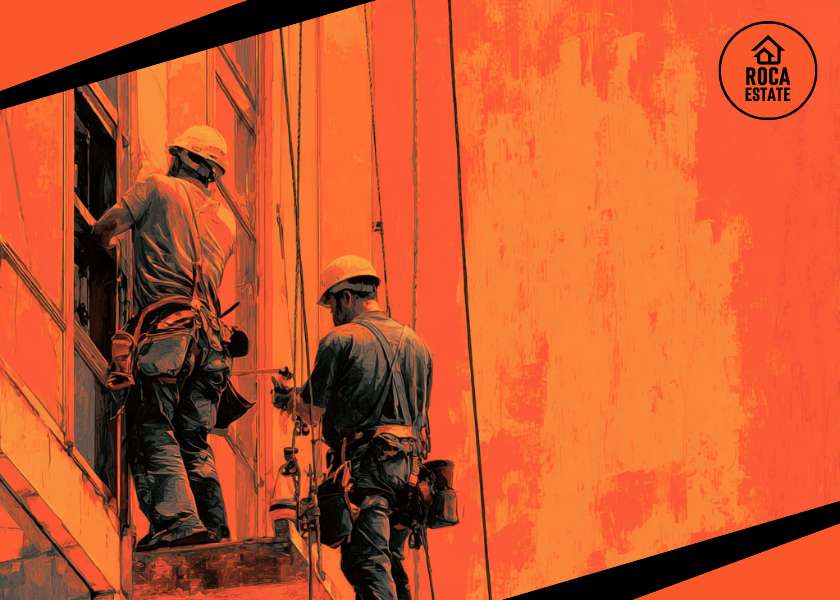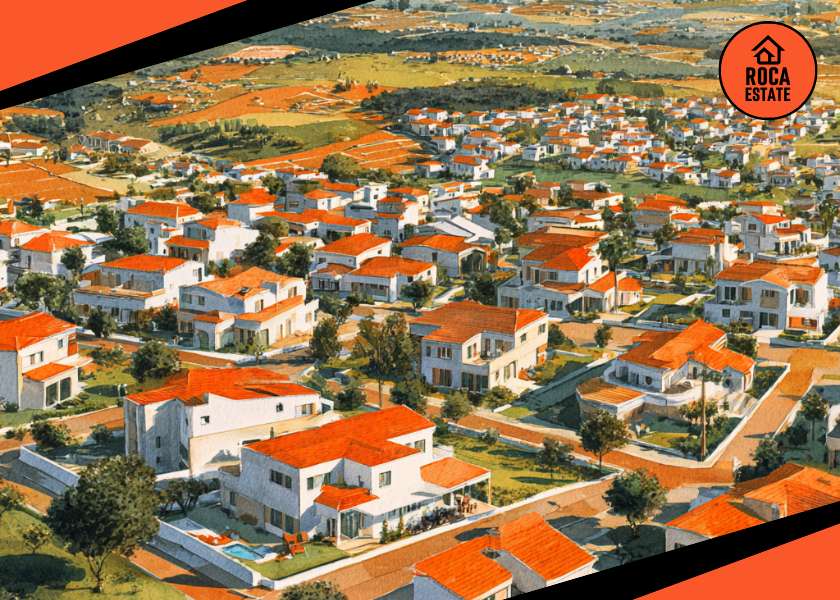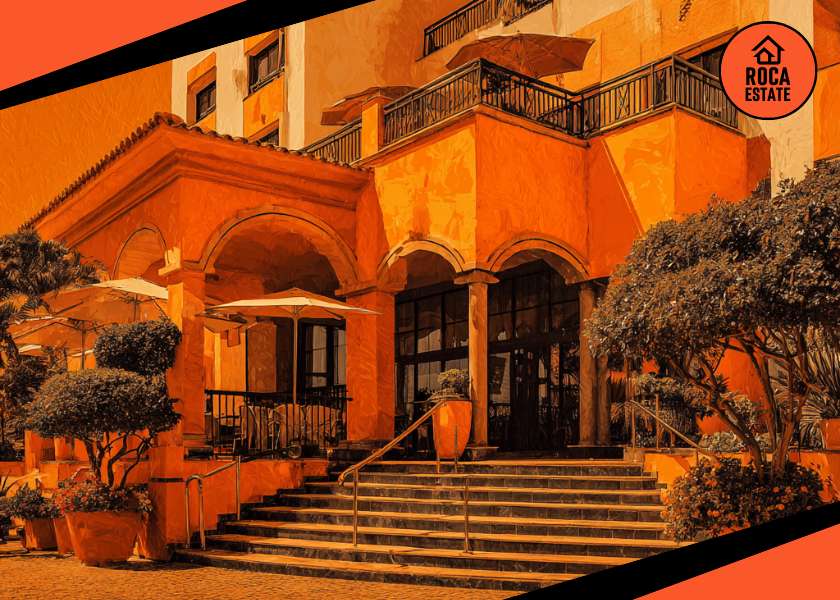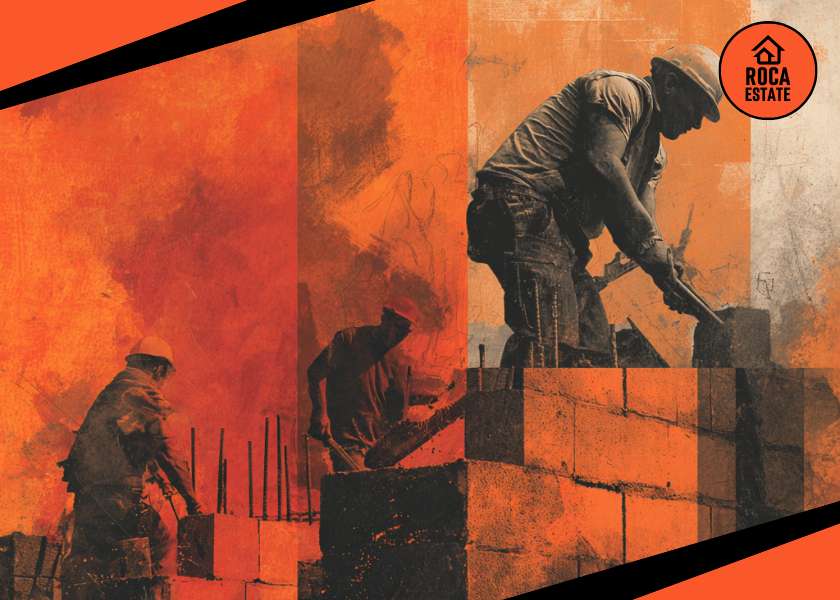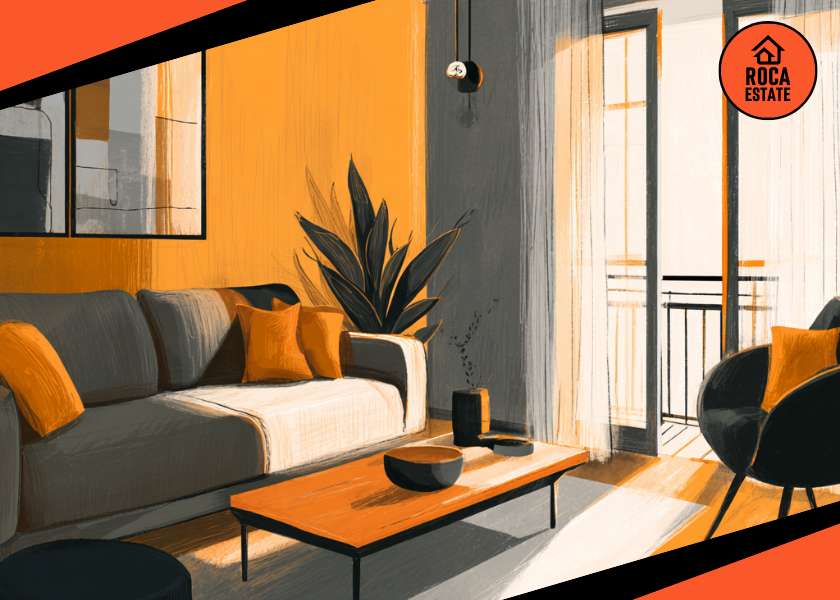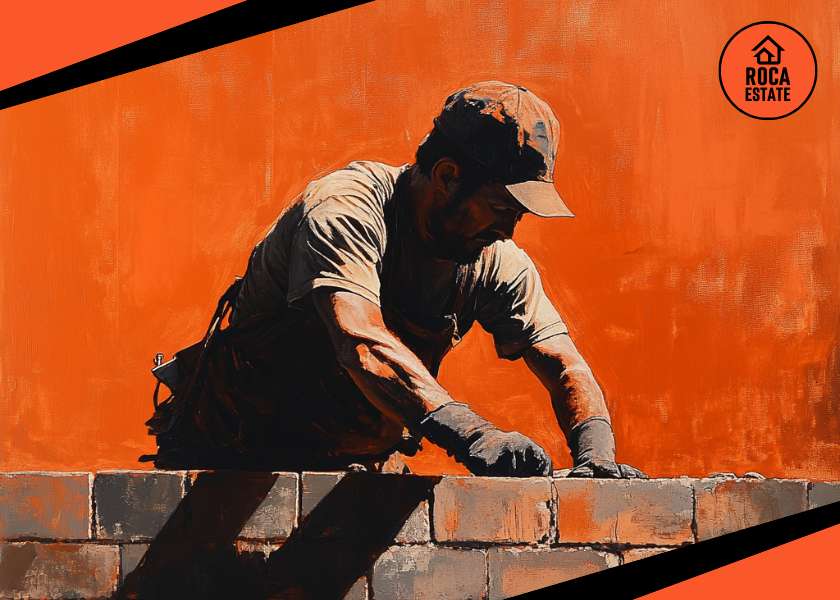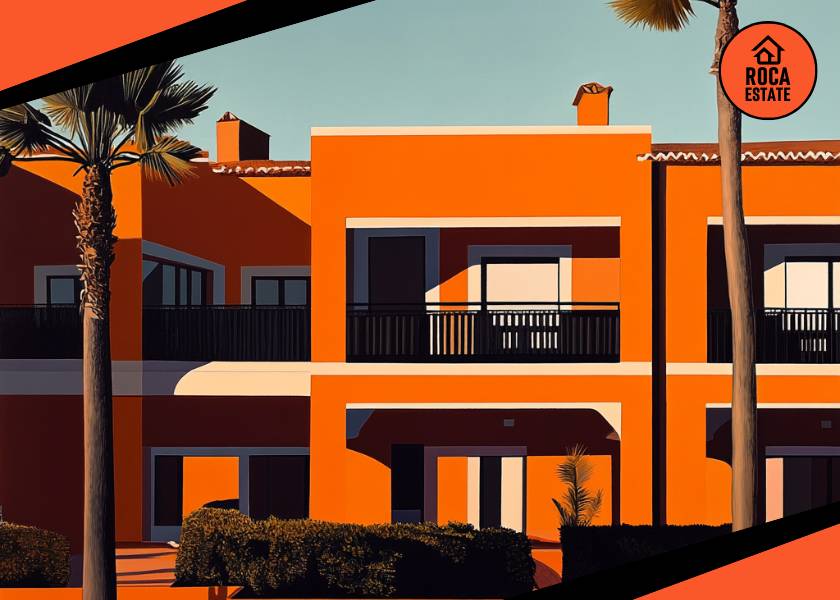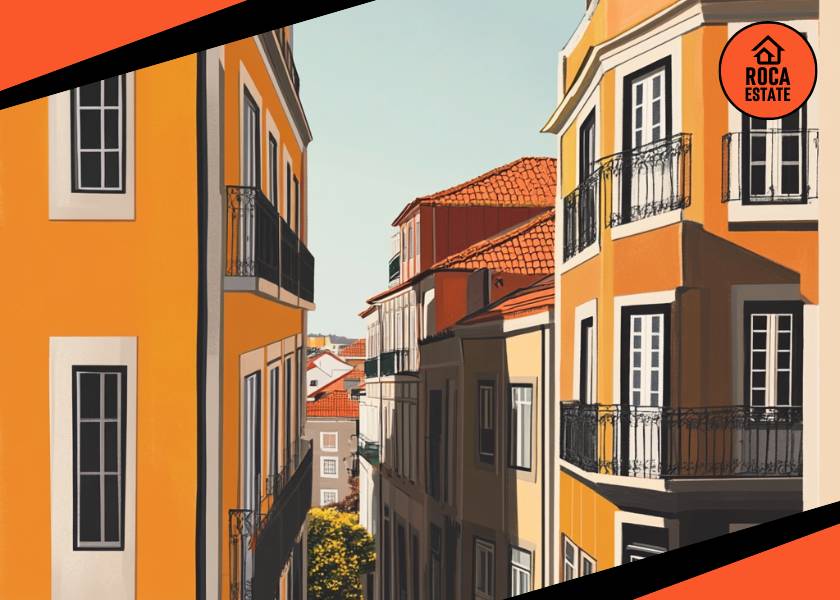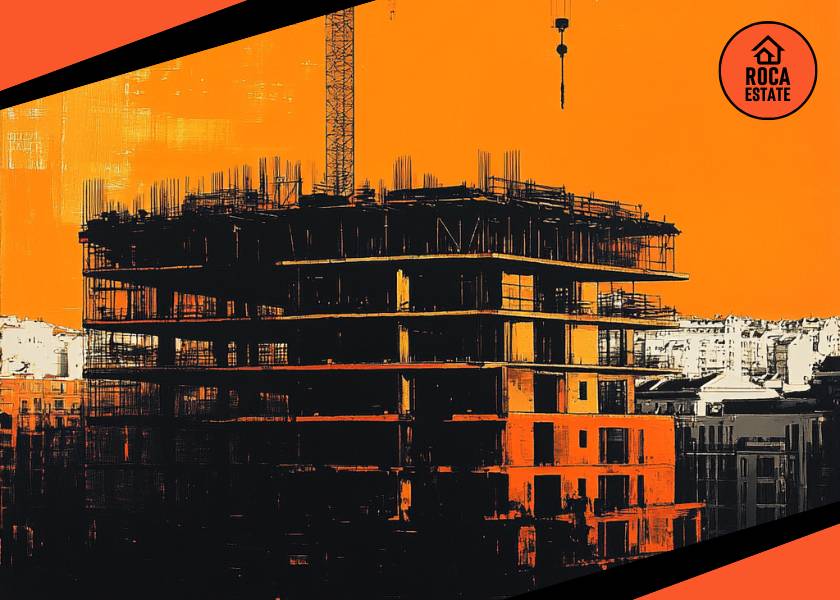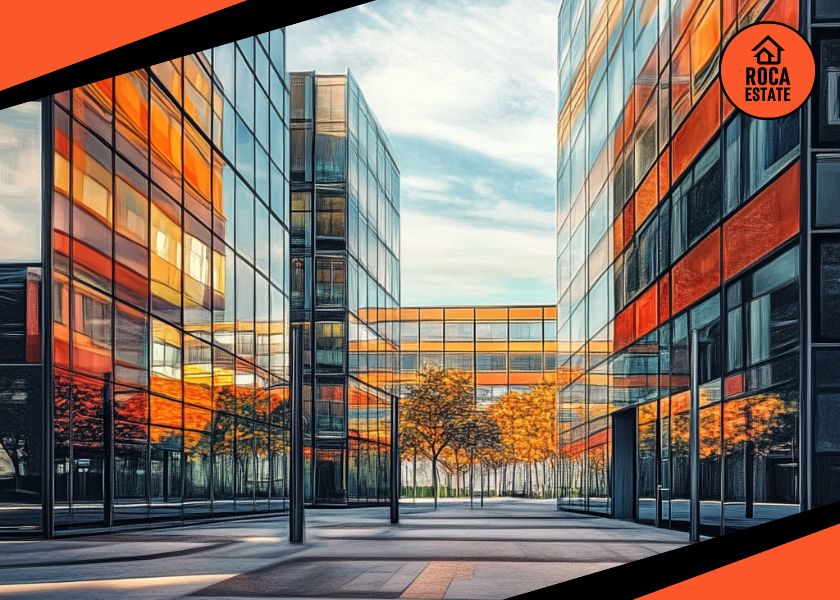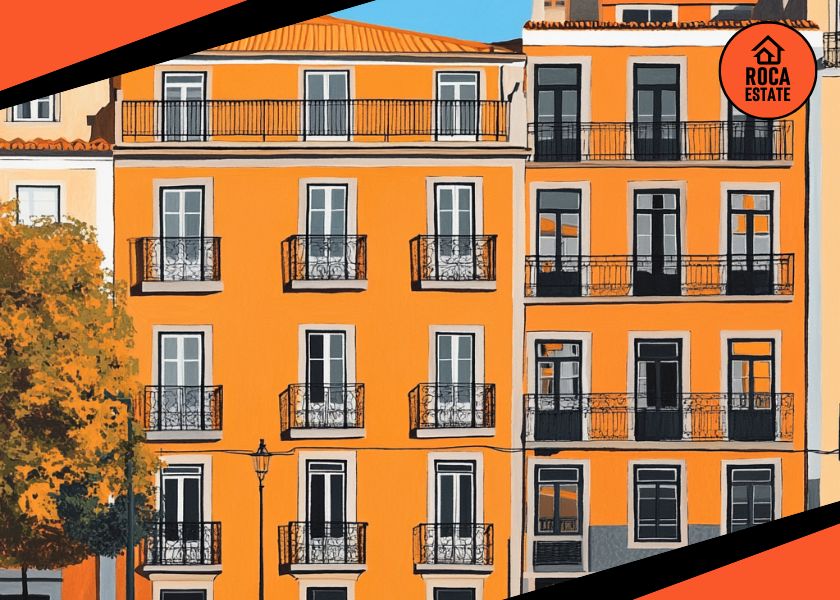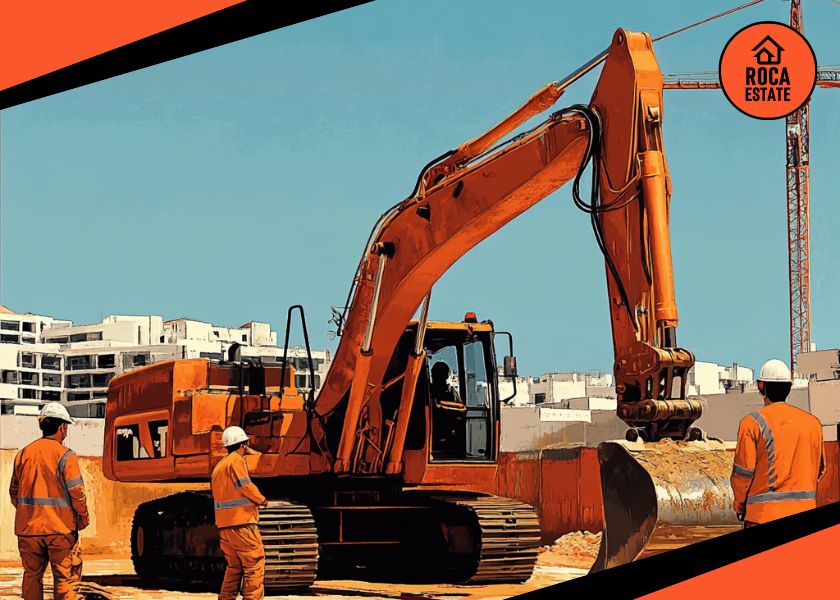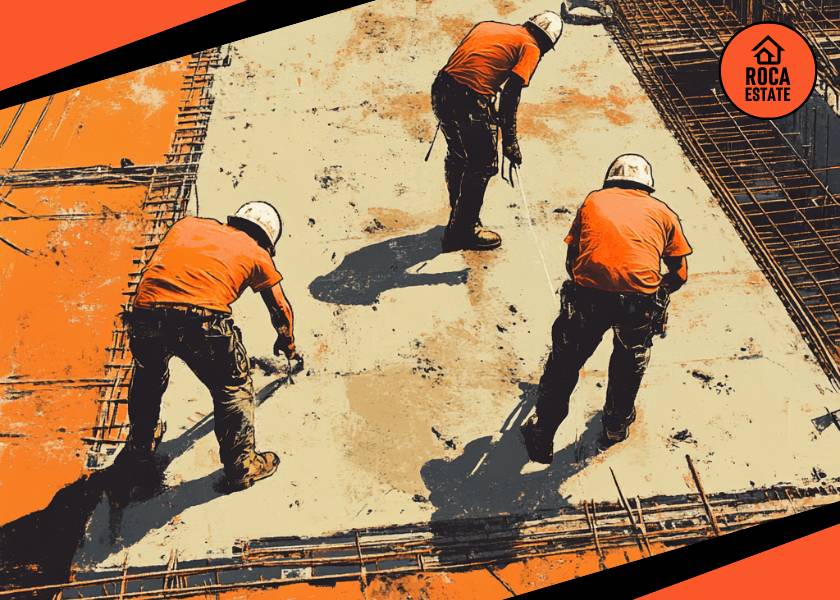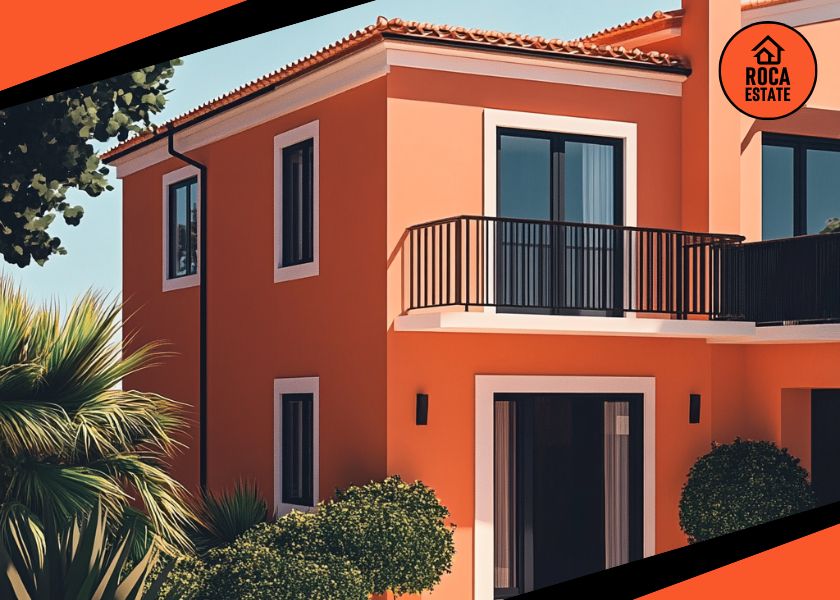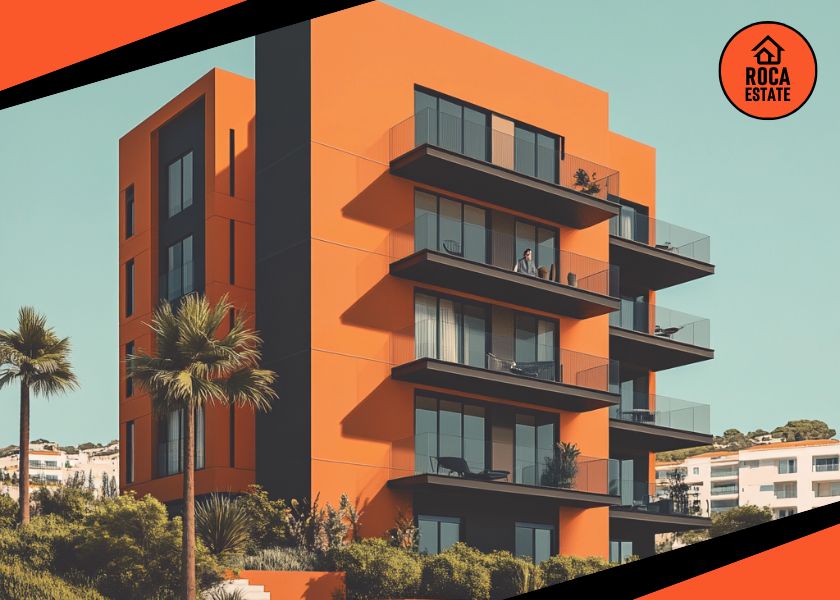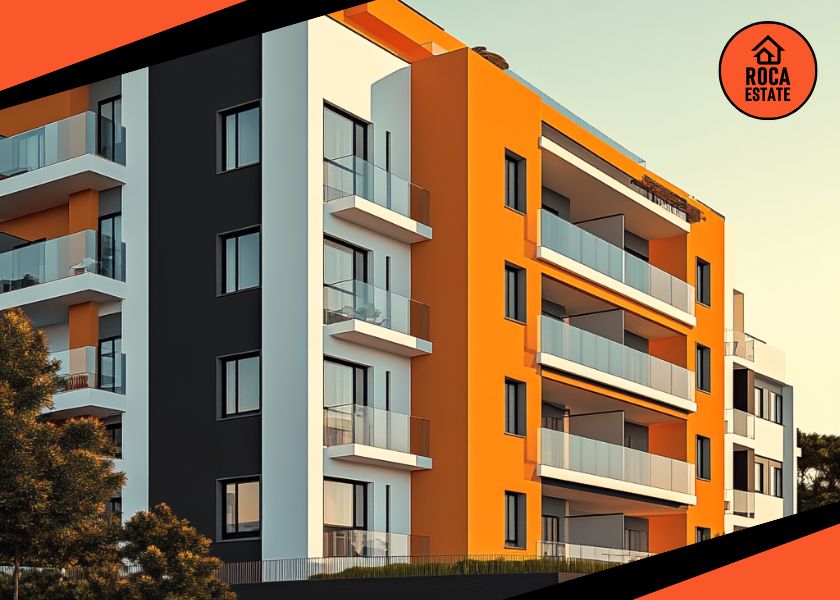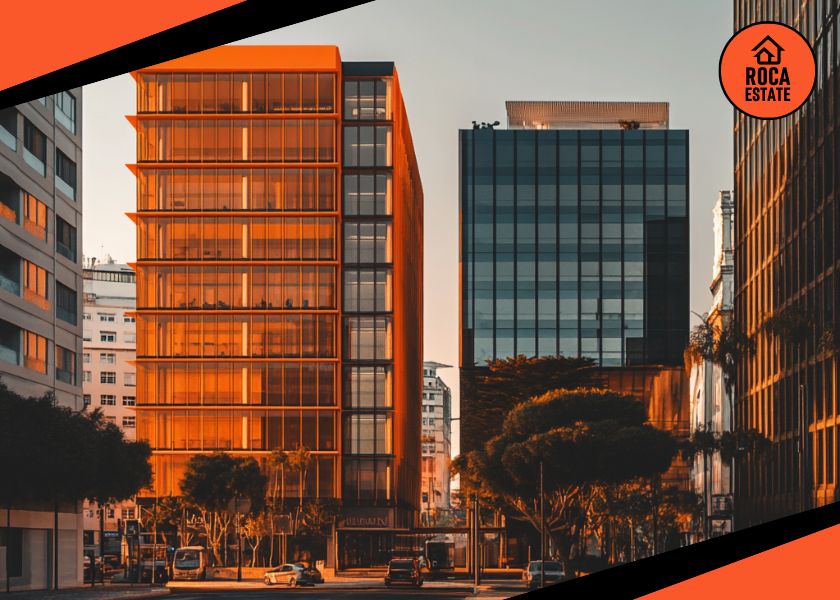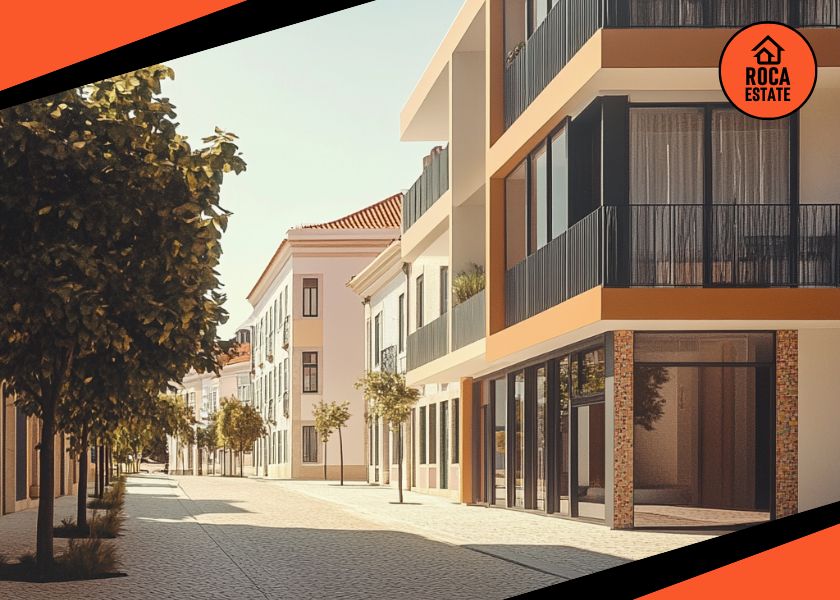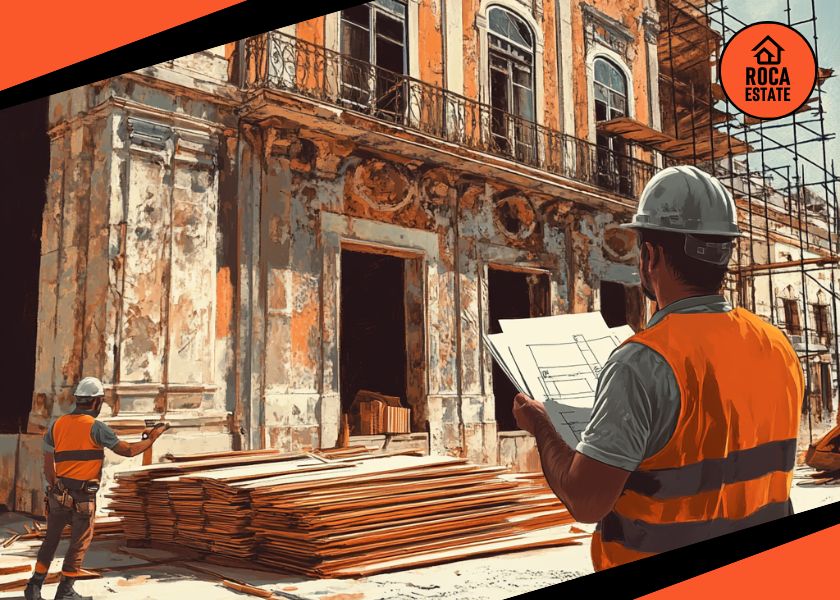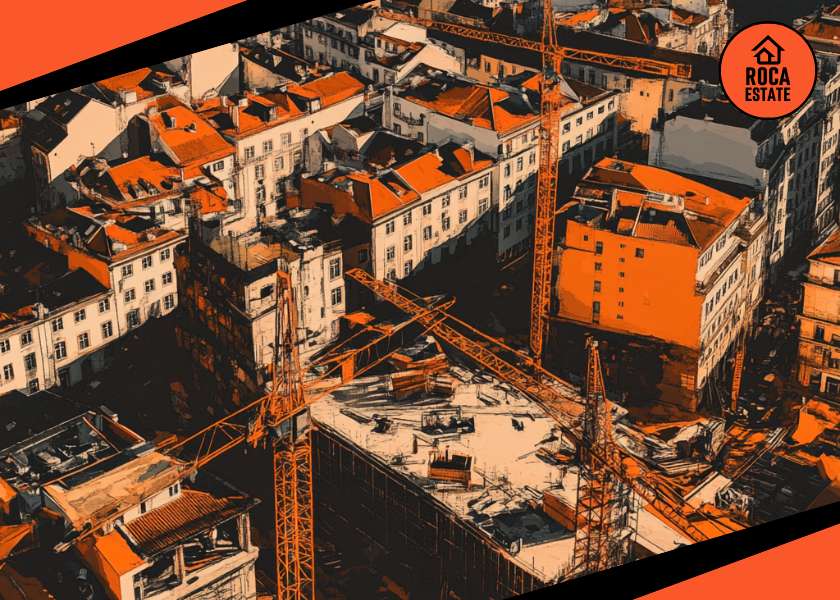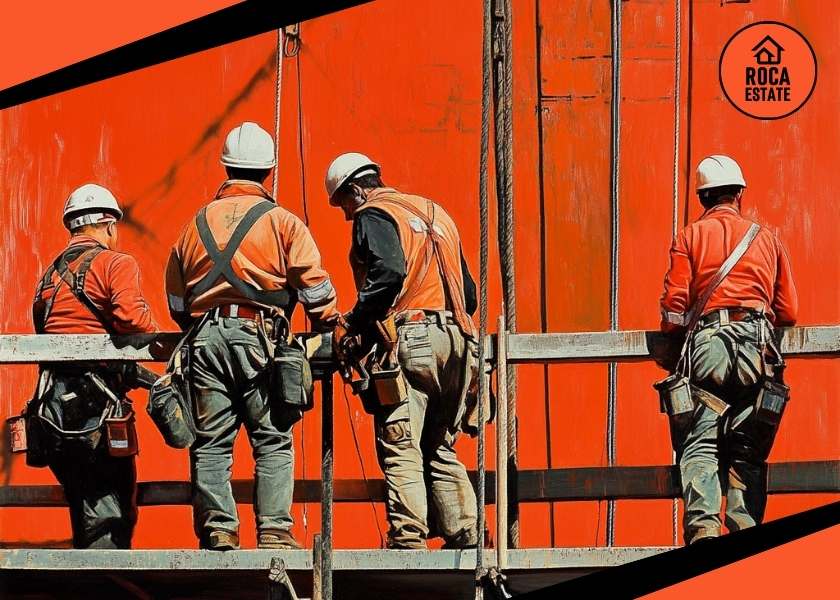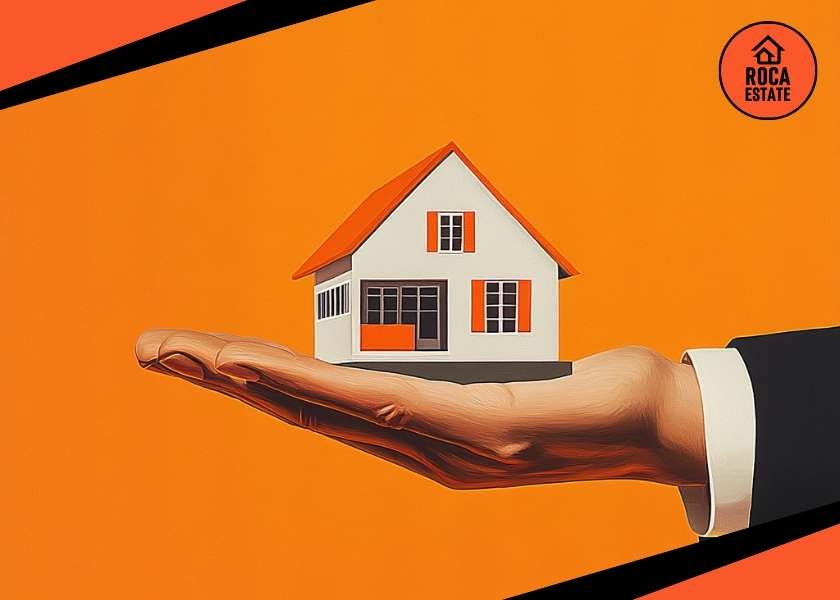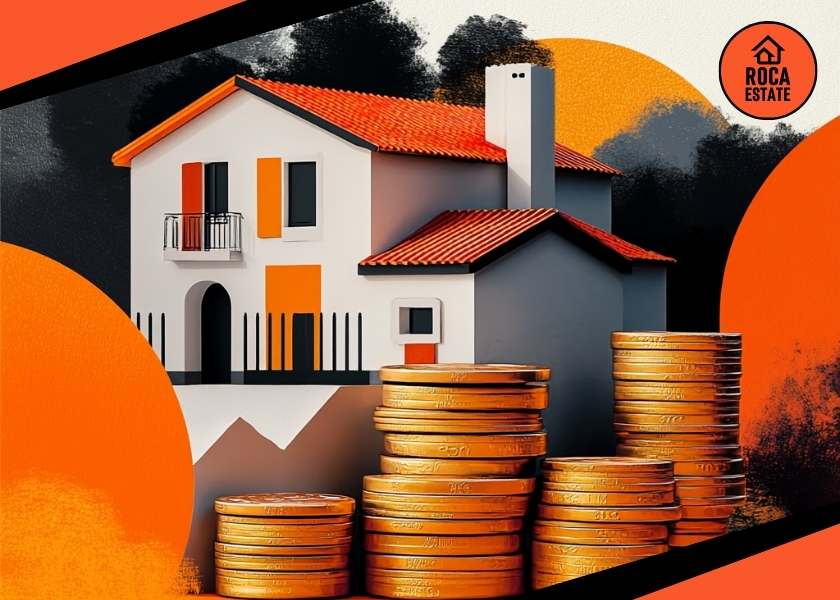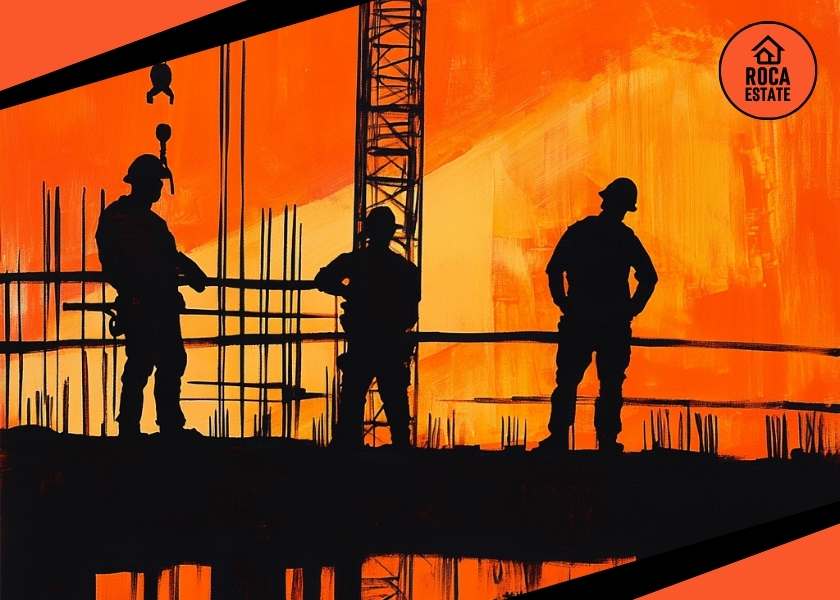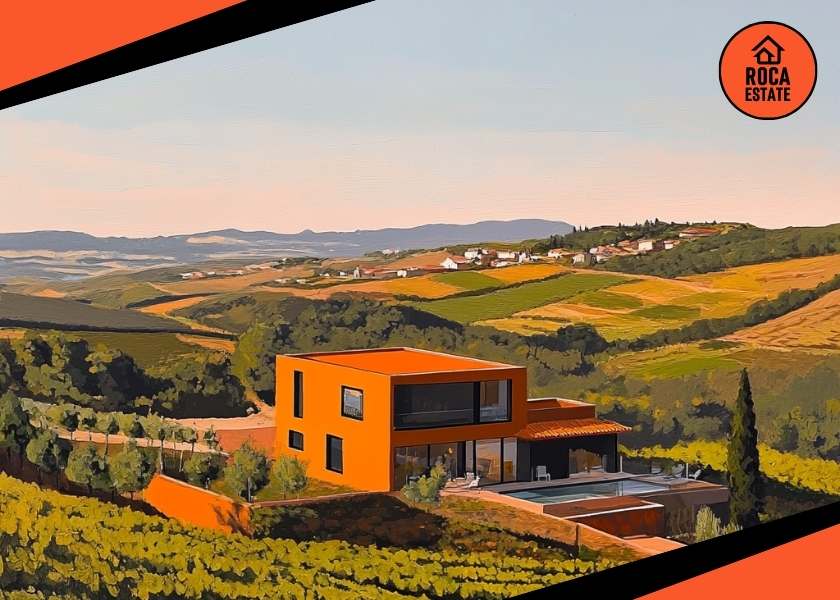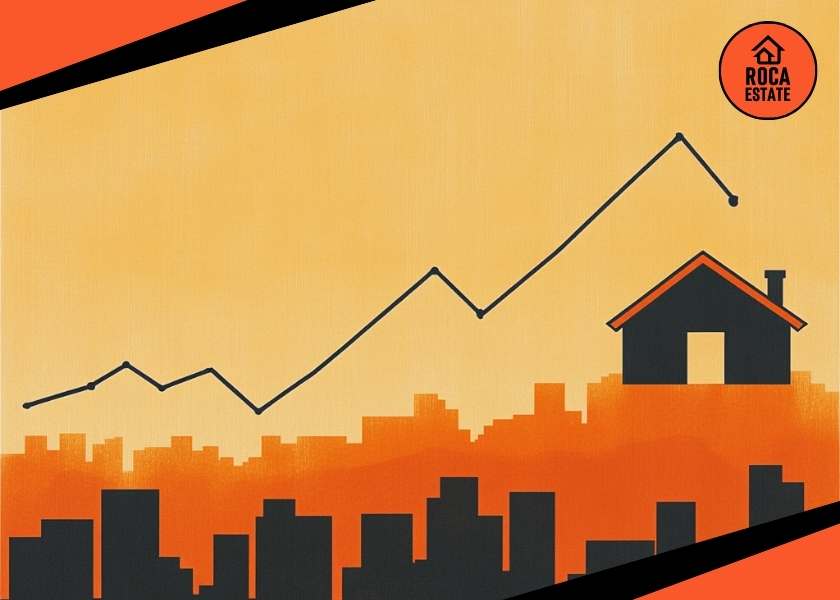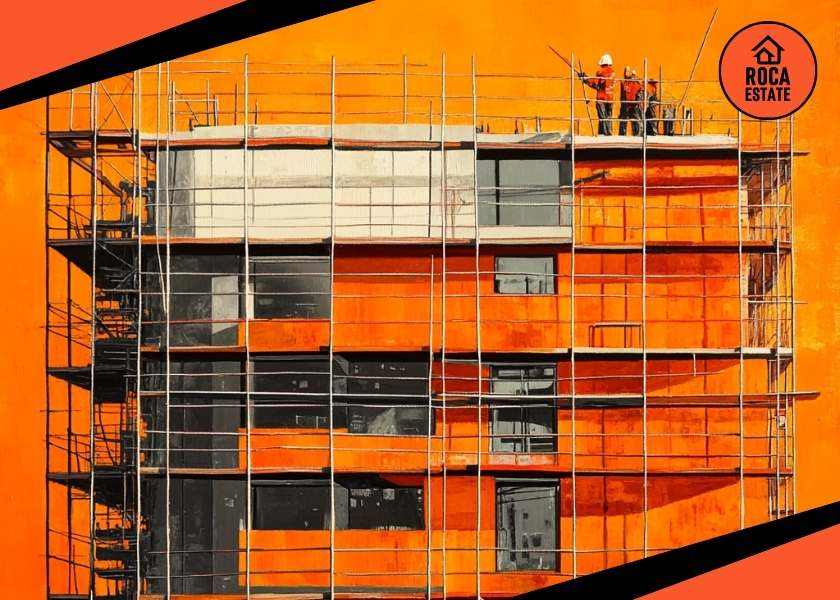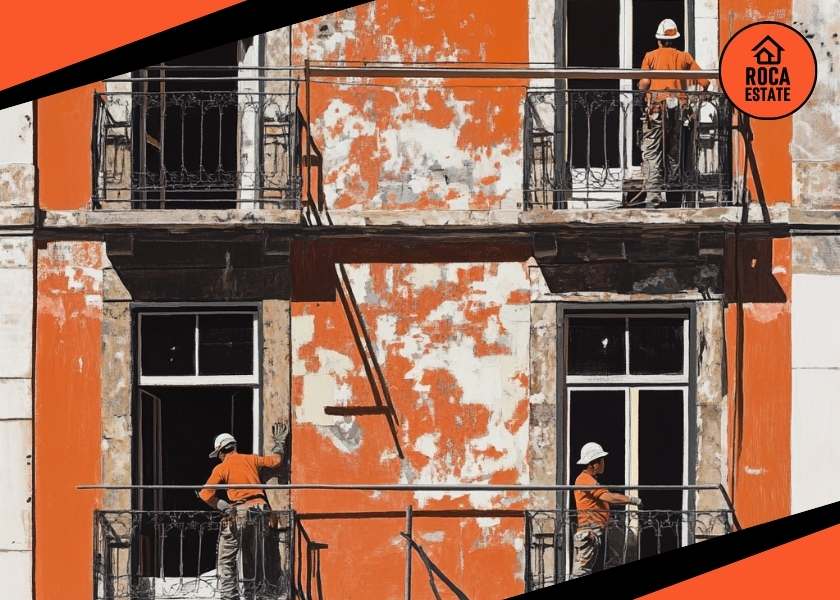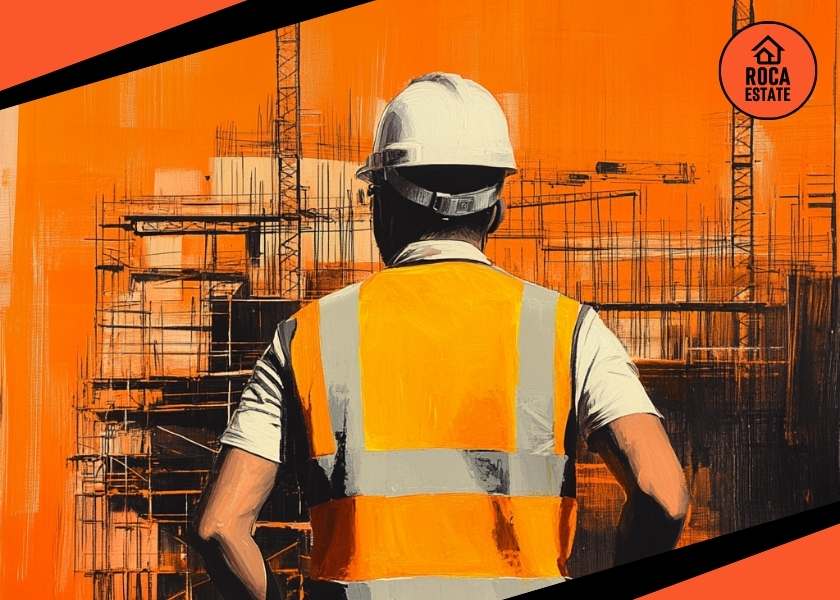The April 2024 report on the Index of Construction Costs for New Housing (ICCHN) in Portugal provides crucial insights into the cost dynamics affecting new residential developments.
Overall Construction Costs:
- The overall construction costs for new housing increased by 3.4% year-on-year in April 2024. This marks a notable rise from the 2.3% increase observed in March 2024.
- The monthly growth rate was 0.7%, up from a decline of 0.2% in March 2024, indicating a reversal in cost trends.
Material Costs:
- The cost of construction materials saw a slight decline of 0.2% year-on-year, although this is an improvement from the 1.1% decrease recorded in the previous month.
- Specific materials such as coverings, steel sheets, and PVC pipes have experienced significant price reductions, while sanitary articles and energy products have seen increases of around 10%.
Labor Costs:
- Labor costs have surged significantly, with an 8.1% year-on-year increase in April 2024. This is a higher increase compared to the 6.9% rise observed in March 2024.
- The labor component has been a major driver of overall cost increases, contributing 3.5 percentage points to the total cost increase, up from 2.9 points in March.
For real estate investors considering the Portuguese property market, these trends present both challenges and opportunities:
Rising Labor Costs: The significant increase in labor costs is a primary factor driving up the overall construction costs. As a result, investors should anticipate higher expenses in the short term, particularly for labor-intensive projects. This could affect profit margins unless managed through strategic cost controls or by focusing on less labor-intensive segments.
Material Cost Volatility: While some materials have seen price declines, others have increased. This variability necessitates a thorough analysis of material sourcing and supply chain strategies to optimize costs. Investors may find opportunities by targeting projects where cost-stable materials dominate.
Market Dynamics: The overall upward trend in construction costs reflects broader economic conditions and market dynamics. For investors, this underscores the importance of timing and market analysis. Entering the market now could mean higher upfront costs but could also be an opportunity if these investments are coupled with strategies to mitigate rising costs or if the market experiences further growth in property values.
Strategic Planning: Given the current trends, real estate investors should adopt a proactive approach in their investment planning, incorporating these cost factors into their financial models to ensure robust returns on investment.
On the other hand, the decrease in the cost of certain construction materials, such as coverings, steel, and PVC pipes, offers a potential advantage. For projects that can leverage these materials predominantly, there could be a cost-saving opportunity. Additionally, this may be a favorable moment to negotiate long-term contracts for materials with suppliers to lock in lower prices and stabilize project costs. Furthermore, as labor costs continue to rise, projects that can minimize labor requirements through design efficiencies or innovative construction techniques could be more cost-effective. These strategies can help to offset the broader upward trend in construction costs and provide a competitive edge in the market.
By carefully evaluating these factors, investors can position themselves advantageously in the evolving Portuguese property market.
Construction Cost Index for New Residential Dwellings
To navigate price fluctuations and rising construction costs effectively, investors are shifting their strategies toward more resilient assets. Discover how our investment focus helps identify the most promising investment opportunities in Portugal and reduce exposure to market volatility—an essential approach for anyone looking to invest in real estate in Portugal today.
